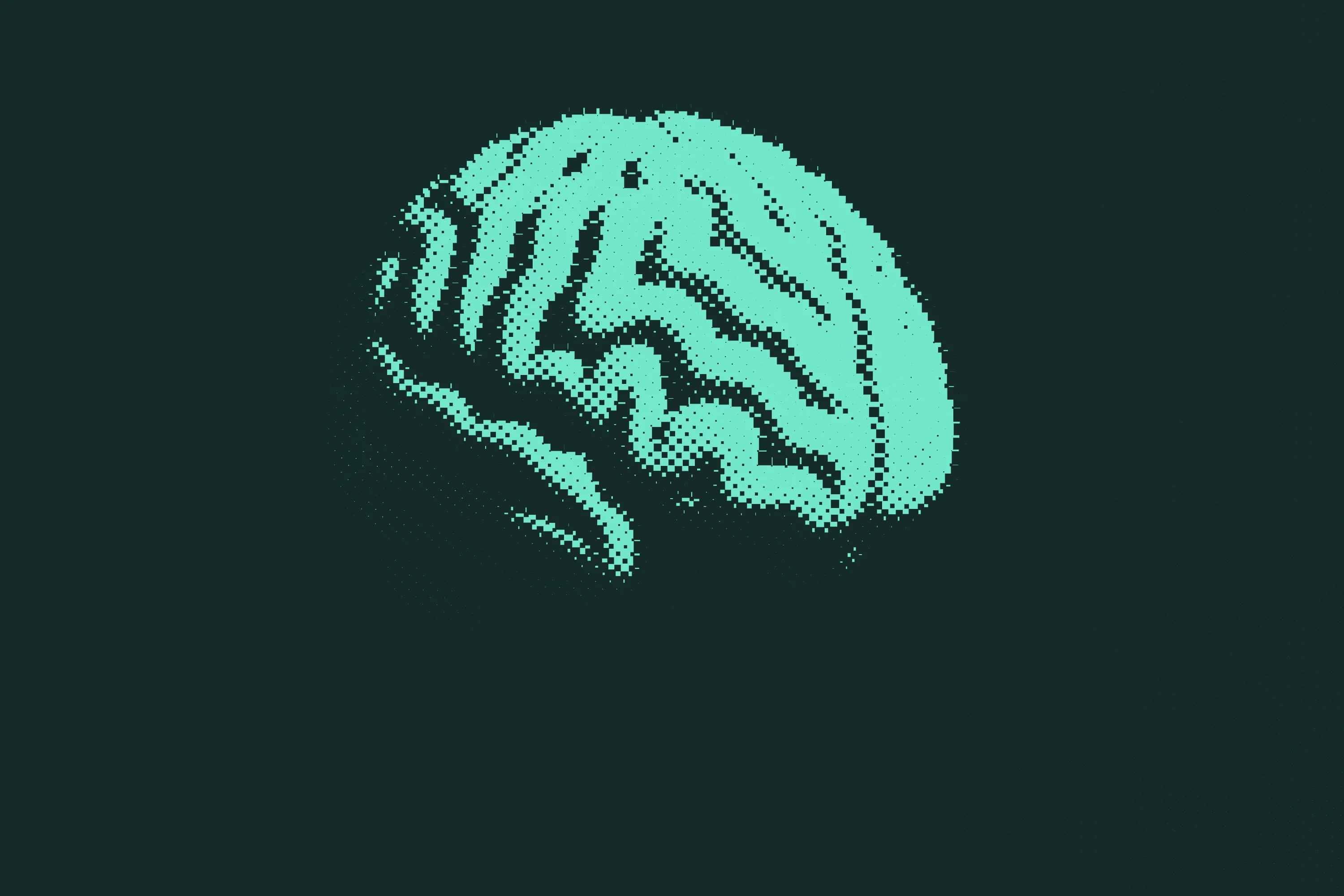
Agentic AI enables us to build software that makes decisions, take action, and pursue outcomes with minimal human input.
AI agents are already part of how digital systems work. You’ll find them handling support requests, coordinating background tasks, or moving data between services, often without much attention. Unlike basic automation, these systems don’t just follow rules. They observe what’s happening and add information to their context, decide what to do, and carry it out on their own. Agents are gaining traction in marketing, sales, and tech, and beginning to appear in finance, healthcare, and Web3 where identity matters most.
Defining AI Agents
An AI agent is a system created to pursue goals by interacting with its environment. It doesn't just react. It works toward specific outcomes by selecting or being given a goal, gathers data in context, deciding what to do next, and acting on that decision.
Most agents operate in a loop that includes:
- Perception: collecting data from inputs like APIs, sensors, or user activity
- Reasoning: figuring out what the data means and how to respond
- Action: doing something concrete to move closer to the goal
This kind of behavior goes beyond traditional automation. Instead of just following a script, agents can adjust their actions, respond to new situations, and learn over time. A growing number of these systems are now described as agentic AI. These are software systems with enough autonomy and initiative to act without waiting for human commands.
How AI Agents Work
AI agents operate in a cycle. They observe what’s going on, decide what needs to happen, take action, and sometimes learn from the outcome. The process starts when an agent collects data through APIs, software tools, or user input. Based on that, it decides how to pursue its pre‑defined goal (or selects among several candidate goals) and how to move toward it.
In many modern language agents, a large language model supplies the reasoning step; other agents use symbolic planning, reinforcement learning, or heuristic search. The LLM helps interpret the data, come up with a plan, and make decisions in context. But that's only part of the system. A full agent also includes memory, planning routines, and access to tools it can use (like APIs or databases) to carry out tasks on its own.
Once it has a plan, the agent carries it out. It might look up information, update a record, or take action on a website. Some agents also learn from what happens next and adjust future behavior. Design patterns like ReAct and Observe–Think–Act help agents process inputs, plan responses, and take action in a more structured way.
Types of AI Agents
AI agents come in different forms, depending on how they make decisions and respond to their environment. Some are simple, others much more adaptive.
- Simple reflex agents rely on fixed rules. They react to inputs quickly but don’t learn or adjust.
- Model-based reflex agents keep track of what’s happening around them, using a basic internal model to make more informed choices.
- Goal-based agents pick actions based on whether they help achieve a specific outcome, rather than just reacting.
- Utility-based agents go a step further. They weigh different outcomes and choose the one that offers the best result, like picking the fastest route on a map.
- Learning agents adapt over time. They learn from feedback and change their behavior to improve how they perform.
Some systems use multi-agent setups, where several agents work together (or sometimes compete) to handle more complex tasks than any one agent could manage alone.
Where They’re Used Today
AI agents are already handling everyday tasks across a range of industries, taking on work that once required human input:
- In customer service, virtual assistants schedule meetings, route tickets, and handle routine questions.
- In finance, trading bots monitor markets and execute strategies without constant supervision.
- In healthcare, agents help with patient records, suggest treatments, or support clinical analysis.
- In software development, agents test code, deploy updates, and manage releases.
- In Web3, agents interact with decentralized apps, process transactions, and participate in governance.
Challenges and Risks
Managing AI agents is not always straightforward. The more they can do, the harder it gets to predict what they will do. Even small misunderstandings can lead them to take actions that miss the mark or cause unintended problems.
There's also the risk of fake activity. Some agents can simulate clicks, posts, or other signs of engagement that aren't coming from real users. That kind of activity can throw off analytics or mislead systems that depend on trust, like ratings or reputation scores. When that happens, it becomes easier to manipulate outcomes and harder to make informed decisions.
Security is another concern. Agents that have access to tools, data, or financial systems must be protected from abuse. In environments where trust and participation limits matter agent-aware verification methods can be incorporated.
Two key issues remain in developing effective AI agents: alignment/value drift (making sure the system's actions truly match what stakeholders want rather than diverging over time) and evaluation challenges (current testing methods for language model agents aren't well-developed yet, making it difficult to accurately measure performance and reliability in real-world scenarios).
The Question of Identity
AI agents are no longer theoretical. They are already changing how software behaves and how digital systems operate. As they take on more responsibility, the challenge is not just deciding what we let them do. It is making sure their actions are understandable, accountable, and aligned with the people they are meant to serve.
That is where identity becomes essential. Knowing who or what is acting is key to building trust. When we know who or what is taking action, we create the conditions for trust, transparency, and responsible autonomy in digital systems.






